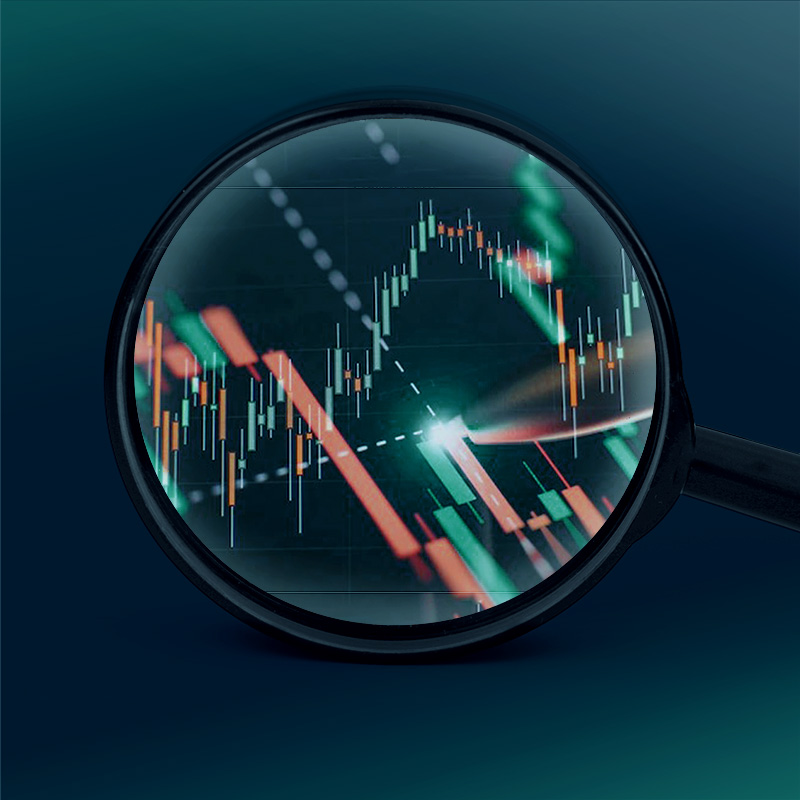What are the risks associated with commodities trading?
Commodity trading carries inherent risks that traders should be aware of. These risks include price volatility, market risk, counterparty risk, operational risk, regulatory risk, geopolitical risk, and margin and leverage risk. Commodity prices can be highly volatile, and various factors such as supply and demand dynamics and geopolitical events can impact market sentiment, liquidity, and trading conditions.
Dealing with counterparties and operational aspects of trading can pose risks, and changes in regulations or geopolitical events can also impact commodity markets. Additionally, margin and leverage used in commodity trading can amplify both gains and losses. It is crucial for traders to carefully assess and manage these risks through proper risk management practices, seeking professional advice, and having a sound trading plan in place.
and what about volatility?
Commodities trading carries certain risks, including:
- Price Volatility: Commodity prices can be highly volatile, influenced by factors such as supply and demand dynamics, geopolitical events, weather conditions, and economic indicators. Price volatility can lead to rapid and significant price fluctuations, impacting trading positions.
- Market Risk: Commodities are traded in global markets, and factors such as liquidity constraints, market inefficiencies, and sudden price movements can expose traders to market risk. Thinly traded commodities or illiquid markets can increase the risk of slippage and difficulty in executing trades at desired prices.
- Leverage and Margin Risk: Many commodities trading instruments, such as futures contracts and contracts for difference (CFDs), involve leverage, which allows traders to control larger positions with a smaller initial investment. While leverage can amplify profits, it also increases the potential losses. If the market moves against a leveraged position, losses can exceed the initial investment, leading to margin calls or forced liquidation.
- Counterparty Risk: Commodity trading involves engaging with various counterparties, including brokers, exchanges, and clearinghouses. Counterparty risk refers to the risk that a counterparty may default on their obligations, potentially resulting in financial losses or difficulties in executing trades.
- Geopolitical and Event Risk: Geopolitical events, conflicts, natural disasters, or regulatory changes can have significant impacts on commodity markets. Such events can disrupt supply chains, affect transportation and storage, and lead to sudden shifts in prices.
- Operational Risk: Operational risks encompass issues related to trading platforms, technological failures, connectivity problems, or human errors. These risks can lead to disruptions in trade execution, inaccurate order placements, or delays in accessing critical market information.
- Financial Risk: Trading commodities involves the potential loss of capital. Traders should carefully consider their risk tolerance, investment objectives, and capital allocation before engaging in commodities trading. Losses in commodities trading can occur due to unfavorable price movements, poor trade execution, or inadequate risk management strategies.


What Can I do to reduce risks?
Reducing risks when trading commodities requires a combination of effective risk management strategies and a thorough understanding of the market. Here are some steps that can be taken to reduce risks when trading commodities:
- Develop a solid trading plan: Before entering into any trade, traders should have a well-thought-out trading plan that includes risk management strategies such as stop-loss orders, position sizing, and diversification.
- Stay informed: It is essential to stay up-to-date with the latest news and trends in the commodity markets. By staying informed about supply and demand, global economic conditions, and political events, traders can make informed trading decisions.
- Implement risk management tools: There are various risk management tools available to traders, such as hedging strategies, options, and futures contracts. These tools can be used to hedge against price fluctuations and reduce the risk of losses.
- Use technical analysis: Technical analysis can be used to identify trends in the market and make informed trading decisions. By using technical analysis, traders can identify key support and resistance levels, which can help them to enter and exit trades at the right time.
- Monitor positions regularly: It is important to monitor positions regularly and adjust trading strategies as needed. This can help to minimize losses and maximize profits.
In conclusion, reducing risks when trading commodities requires a combination of effective risk management strategies, market knowledge, and discipline. By implementing these steps, traders can reduce their exposure to risk and increase their chances of success in the commodity markets.

How can I manage the risks associated with commodities trading?
To manage risks in commodities trading, consider the following:
- Educate Yourself: Gain a deep understanding of commodity markets, trading strategies, and risk management techniques. Stay informed about market news, economic indicators, and geopolitical events that can impact commodity prices.
- Develop a Trading Plan: Establish a well-defined trading plan that includes your trading goals, risk tolerance, position sizing, entry and exit strategies, and risk management rules. Stick to your plan and avoid impulsive or emotional decision-making.
- Risk Diversification: Diversify your commodity portfolio by trading different commodities or using a combination of trading instruments. This can help mitigate the risk associated with exposure to a single commodity or sector.
- Use Risk Management Tools: Utilize risk management tools, such as stop-loss orders, take-profit orders, and trailing stops, to limit potential losses and protect profits. These tools can automatically close trades at predetermined levels if the market moves against you.
- Set Realistic Expectations: Be aware of the potential risks involved in commodities trading and set realistic expectations. Understand that losses are part of trading and aim for consistent profitability over the long term rather than seeking quick gains.
- Regularly Monitor and Review: Continuously monitor your trades, market conditions, and risk exposure. Regularly review and adjust your trading plan and risk management strategies based on market developments and your performance.
- Seek Professional Advice: If you are new to commodities trading or lack experience, consider seeking guidance from experienced traders or financial advisors who can provide insights and help you navigate the complexities of the market.

